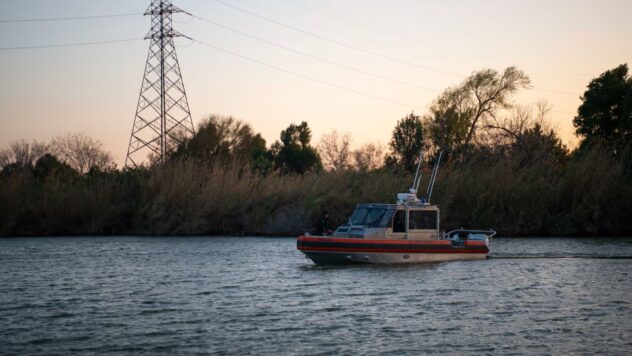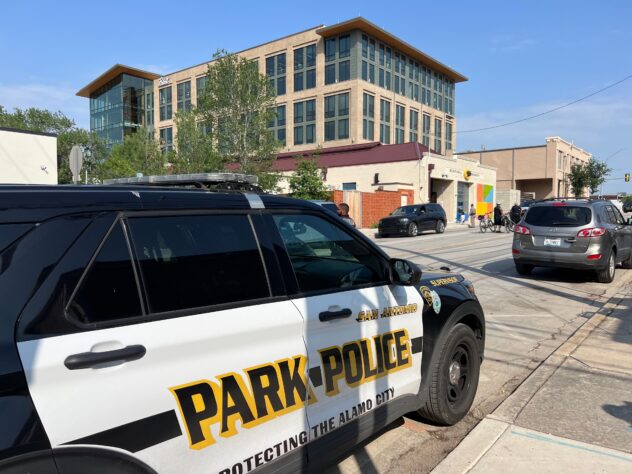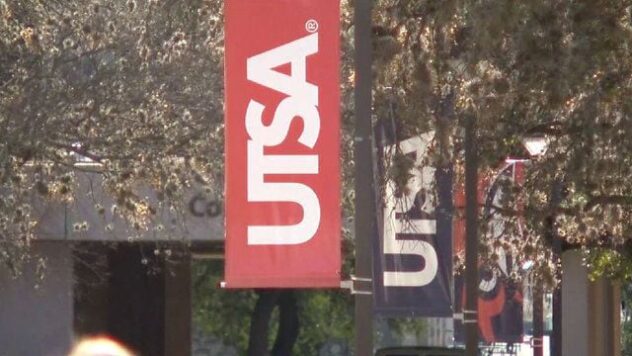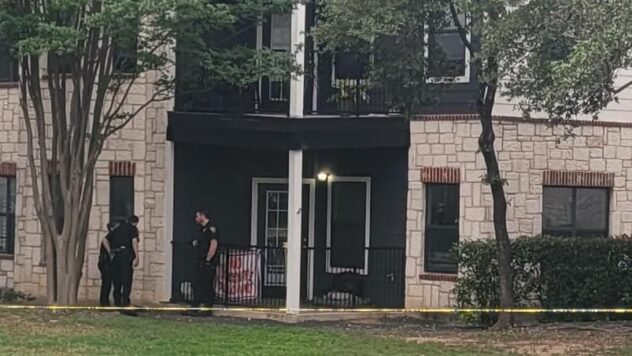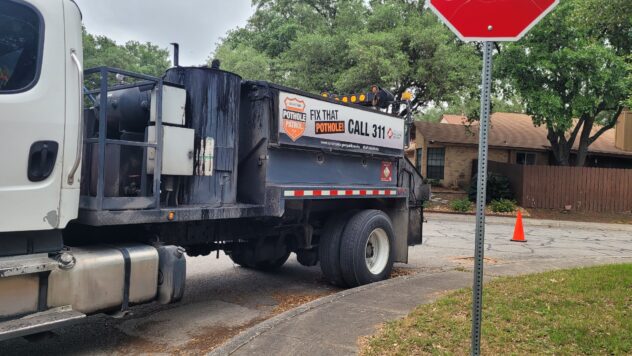Feds write $3.74 million check for Texas A&M research on hemp-based building materials
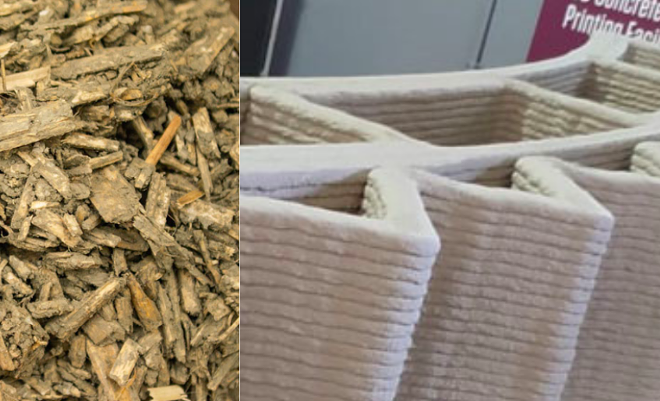
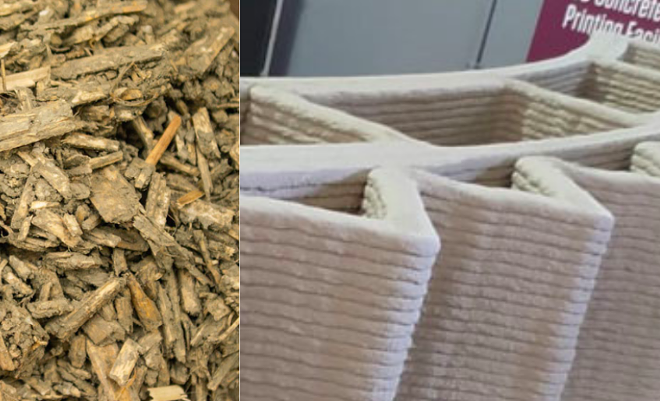
Courtesy Photo / Texas A&M
Hemp fibers (left) can be combined with lime and water to produce a green building material called “hempcrete” (right).
Texas may have outlawed the production of smokeable hemp, but apparently, the federal government has no trouble pumping money into the creation of hemp-based building materials in the Lone Star State.
The Department of Energy awarded Texas A&M University a $3.74 million grant to explore the use of hemp-based 3D-printed construction materials, the school announced late last month. Known as “hempcrete,” the lightweight concrete substitute is created by mixing hemp fibers with lime and water, and the feds want to see its potential as an environmentally friendly way to create affordable housing.
Traditional concrete production is energy-intensive and releases large amounts of carbon dioxide. However, hempcrete has a net carbon-negative effect, according to Texas A&M researchers. What’s more, hempcrete buildings can be designed to be more resilient to natural hazards than wood-frame construction, they maintain.
“Hempcrete has excellent fire resistance and thermal insulating properties that can reduce heating and cooling energy demands,” said Petros Sideris, assistant professor in the Zachry Department of Civil and Environmental Engineering, in a written statement. “It is water-resistant and offers good acoustic properties.”
No matter how promising that sounds, no one tell the Texas Legislature about the project. Now that the state has banned smokeable hemp production, the lege’s anti-weed zealots may be looking for something else to ban.
Stay on top of cannabis news and views. Sign up for our Weed Wire Newsletter.

